This season was a quiet one for Liverpool in terms of signings, but one made months into the campaign, that of Vitor Matos, could prove hugely influential for the future.
Such is the emphasis that put Jurgen Klopp puts on his staff, the addition of certain figures to the backroom are treated almost like new signings.
That was the case with Matos, when it emerged that he was due to swap Porto for Liverpool at the end of September, filling the role previously occupied by Pepijn Lijnders as elite development coach.
“It makes real sense because we have so many outstanding young boys,” Klopp said on the appointment of a “young and experienced” coach who had left his job as Porto B assistant.
The manager concluded: “He had made his own experience already and now we can all get the benefit of that. It will be great for the boys, 100 percent.”
Matos’ pathway was similar to that of Lijnders—who also joined Liverpool from Porto in 2014—and after a year-and-a-half with no incumbent in his role, a liaison between Kirkby and Melwood was deemed too important to overlook.
On the back of a summer that saw Harvey Elliott and Adrian headline a low-key intake, this was a move that clearly excited Klopp and his staff.
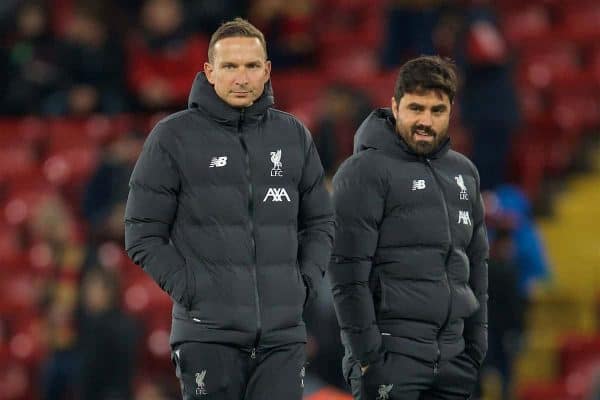
“For me, he is our best signing of the season,” Lijnders said, a month into Matos’ time at the club.
“He’s a talented coach, an intelligent coach. He can make the next step with all these young players. We already see the impact he’s made on them.
“Having one really intelligent, talented coach for young players, one-on-one, he can inspire eight or nine of them.”
That projection of eight or nine players making the step up from academy to first team seems prescient now, with Klopp’s squad now fleshed out with a 10-strong group from the youth ranks.
Some were already known to Klopp, with Caoimhin Kelleher, Ki-Jana Hoever, Yasser Larouci, Paul Glatzel and, of course, Curtis Jones, already making inroads prior to Matos joining, and Elliott and Sepp van den Berg signing that summer.
But in a season marked by a series of unique circumstances and ending with ultimate glory, the 32-year-old has been undeniably key to their progress into the senior setup.
Matos did not take long to acquaint himself with coaches, players and even stadia from all levels at Liverpool.
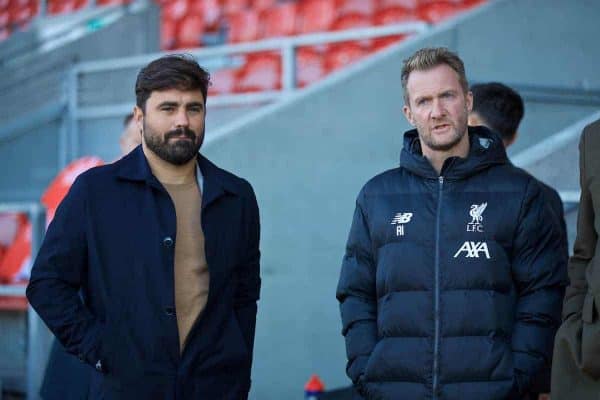
His first day saw him join Klopp and Lijnders for first-team training, but the day after he was in St Helens for the Reds under-19s’ UEFA Youth League clash with Salzburg.
That afternoon saw him sit in the stands between Alex Inglethorpe and Steve McManaman, but it wasn’t long before he was in the dugout, whether that be supporting Barry Lewtas with the youngsters or in his regular role as part of Klopp’s matchday staff.
He was next to Neil Critchley, too, as the under-23s coach led an academy crop into their League Cup quarter-final against Aston Villa, staying in England while the first team embarked for the Club World Cup.
It was that game, and the FA Cup fourth-round replay at home to Shrewsbury—scheduled during the first team’s winter break—that highlighted the fruit of Matos’ early labour.
All credit to Critchley, Lewtas and the long-standing academy for preparing those involved in those clashes, but as bridge between Kirkby and Melwood, it was the Portuguese who relayed word back to Klopp.
Kelleher, Hoever and Elliott all stood out against Villa, as did Williams, Jones, Van den Berg, Leighton Clarkson and Jake Cain in victory over Shrewsbury.
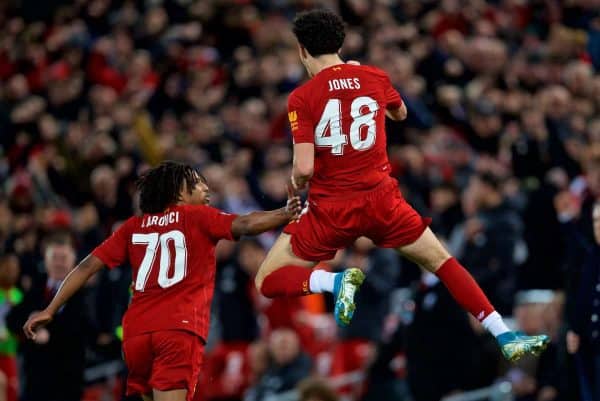
Prior to that, Williams, Jones and early substitute Yasser Larouci had all shone in the 1-0 win in the Merseyside derby in the third round of the FA Cup, after which Klopp singled out Matos for praise.
“We didn’t need that game as proof, but the Everton game was obviously proof that bringing in Vitor Matos was a smart decision,” he enthused.
Klopp hailed his young breakthrough talents for “not behaving on the training pitch like kids,” saying “that’s the biggest step they made in the last five or six months”—and it is no coincidence that Matos was involved for much of that period.
There are a number of examples over the manager’s tenure of a young player showing the ability but not the mentality to succeed, and it is now a given that those who establish themselves at Melwood must match the standards required.
Perhaps the biggest example of Matos’ success in that respect is with Williams, who was called up to Melwood three weeks after the elite development coach’s appointment.
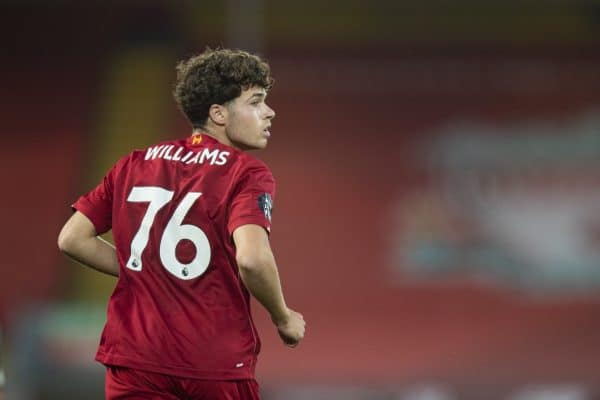
Soon after, Matos explained his ambition to nurture a “perfect project,” using Trent Alexander-Arnold as the blueprint, and what better candidate than the player brought in to compete with Liverpool’s No. 66?
It is safe to say that, given he had rarely been seen at Melwood prior to October, Williams had not truly registered on Klopp’s radar previously.
Combatting injuries, the young Welshman had established himself as a dependable staple of the academy sides, working under the likes of Critchley, Lewtas and Steven Gerrard as a progressive right-back.
But now he is primed for a long-term role as backup to both Alexander-Arnold and Andy Robertson, with Klopp making a point to highlight Matos’ hand in this after Liverpool clinched the Premier League title:
“The youth, the players, Neco Williams would not be in this moment or the position he is, or Curtis, or Harvey or now Leighton coming up and Jake Cain coming up, they would not be in this position if Vitor is not here.”
In recent weeks, Jones, Elliott and Cain have all signed new long-term contracts with the club, and it would no surprise to see Williams and Clarkson follow suit in the near future.
Improved deals for Kelleher, Hoever and Van den Berg could also be in the offing.
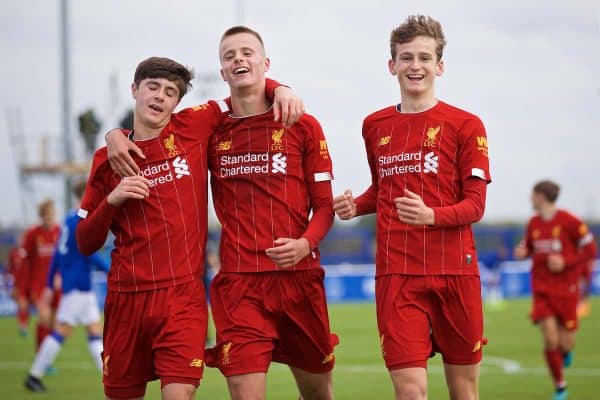
One player who will not be signing new terms but has benefited from Matos’ spotlight is Larouci, but such is the life of a football coach: not every talent you nurture will stay their entire career.
But where Larouci once stood, a handful of others could soon step up.
Clarkson and Cain are two of the most promising midfielders to come through the academy ranks in years, while both Glatzel and Rhian Brewster have the work rate and eye for goal that could make them attacking options for Klopp.
Below them are the likes of James Balagizi, Tyler Morton, James Norris, Owen Beck, Tom Hill and Layton Stewart, all poised to step up.
That is the beauty of bringing in Matos, who made a point in his first week with the club to “know every one of the U18 and U23 players and discuss, ‘what’s the big idea for him?’.”
He will be aware of those just beginning to make ripples at Kirkby, and there will be a long-term vision for each of them which can now be passed on to Klopp with ease.
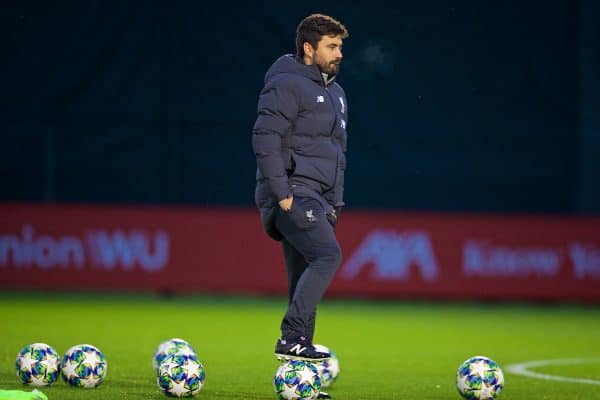
Matos’ job will be made significantly smoother on the relocation to a redeveloped facility at Kirkby, with all age groups working under one roof, as the manager has already explained.
“It’s not far from Melwood to Kirkby but it’s too far, and so I cannot watch youth games,” he said in 2018.
“And I’m 10 or 12 hours a day at Melwood, so I have time to do that if I could.
“Between meetings, I could easily go and watch a game or a session, and then I would see the players earlier. Not only me, but the other staff as well.”
That will mean that when the first team make their switch to Kirkby, Klopp will be more able to act upon the advice of his liaison and, in theory, the pathway for Liverpool’s prodigies will be clearer.
But for now, the proof of Matos’ impact comes with those eye-catching cup runs, the increased youth presence at Melwood and, most notably, the performances of Williams and Jones—and that all within his first 10 months.
So while the likes of Adrian and Elliott have both produced some memorable moments in their first campaign with the Reds, the signing of the season has not even played a minute of football.
That distinction would instead go to Vitor Matos.
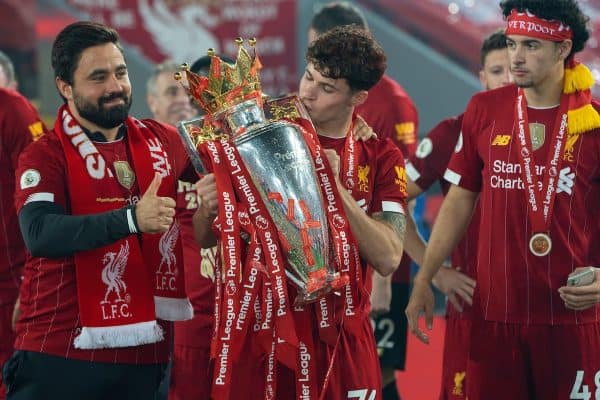


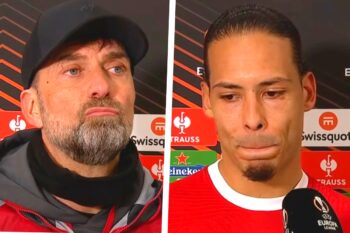

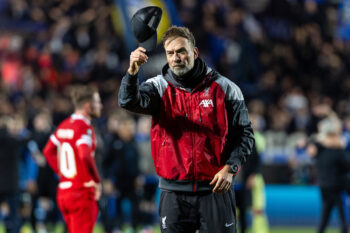
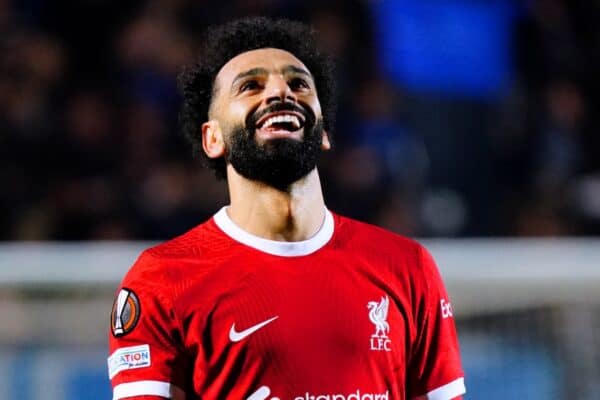
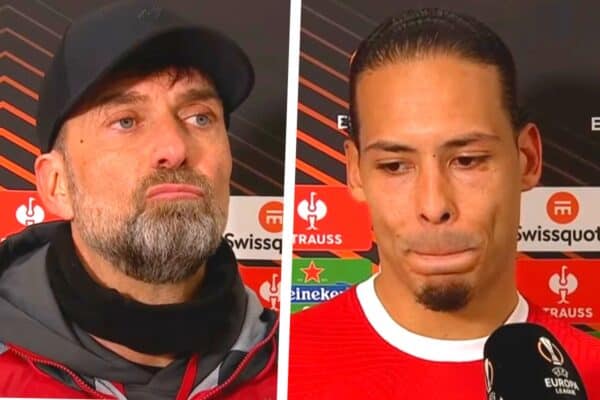
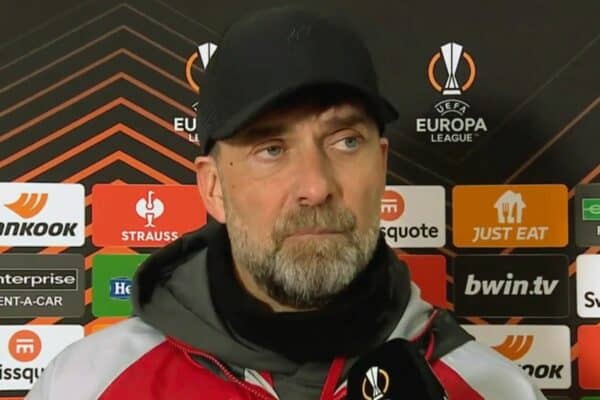
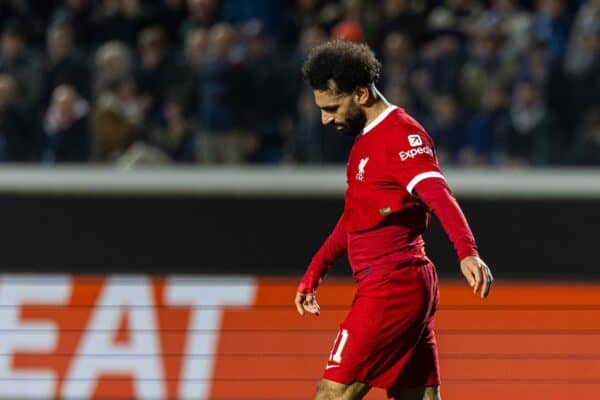
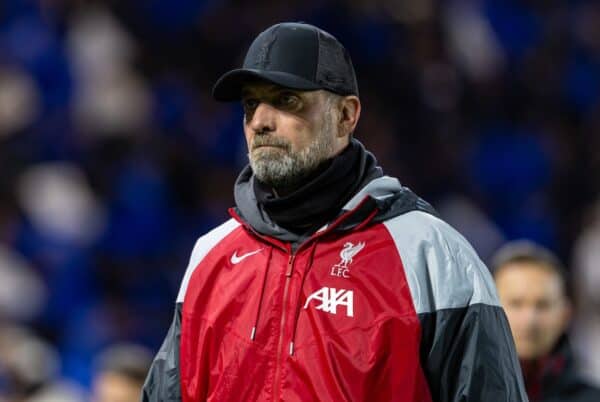
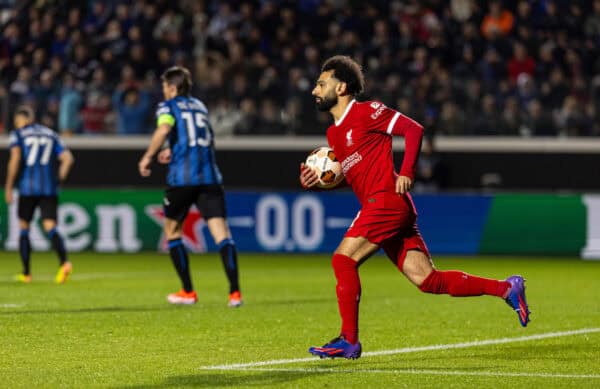
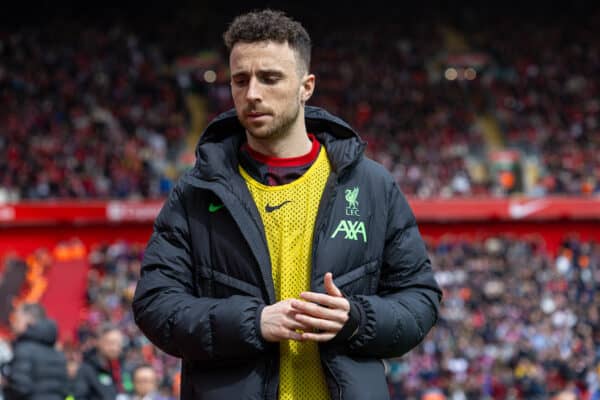
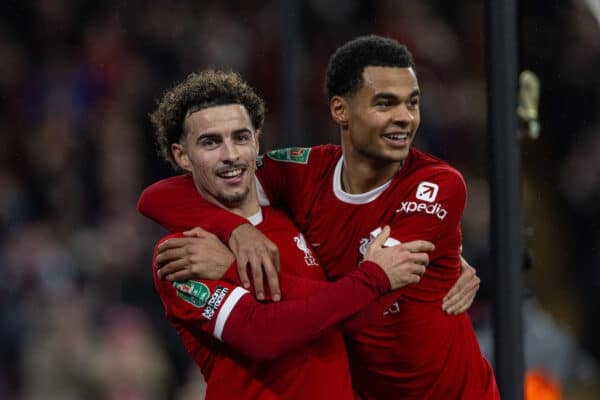
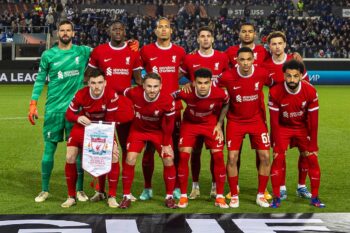

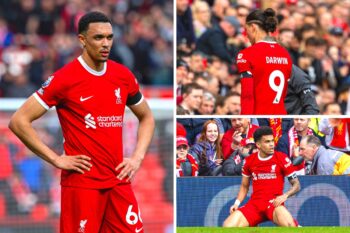
Fan Comments